A Close Look at Security Envelope Patterns
These classically inconspicuous designs, which are hiding in plain sight, have inspired collectors, artists, and at least one architect. Plus more stick figures in peril!
Editor’s Note: This post includes some short but important video clips, so I strongly suggest that you read the web version, not the emailed version. — Paul
I noticed the other day that I was running low on envelopes (yes, I still mail letters and other envelope-able items), so I went around the corner to the dollar store and got a new box of them. As you can see above, the security pattern on the new envelopes extends up onto the flap, while the pattern on the old ones does not. But the more interesting thing, at least to me, is that the patterns themselves are distinct.
You can get a better sense of the differences between the two security patterns if we unfold the envelopes:

And you can see the differences even more clearly if we zoom in on the two security patterns, like so:
They’re both really nice, right? I particularly like how the one on the left has those nine dots as part of its repeating visual signature.
A few days later, I received a medical lab bill in the mail. It came in an envelope with another security pattern:
Repeating design motifs can be found all around us, of course — on apparel, wallpaper, upholstery, floor tiling, wrapping paper, certificate borders, and more. But the thing about all those other patterns is that they’re intended to be decorative, while the patterns on security envelopes have a specific practical function (keeping your mail private) but also happen to be decorative. In addition, the envelope patterns are really small, so it’s easy to overlook how intricate they are. It all amounts to a classically inconspicuous case of incidental aesthetics.
The key development in the security envelope’s genesis came in 1902, when an inventor named Americus F. Callahan patented the first window envelope. Up until then, envelopes had been made of thick paper stock, but the window envelope required thinner paper — so thin that you could sometimes see the envelope’s contents. That in turn prompted Julius Regenstein of the Chicago-based Transo Envelope Company to create the first “security tint,” as the pattern was called, in 1903. Unfortunately, Regenstein doesn’t appear to have patented his invention, and I haven’t been able to ascertain what that first security pattern looked like. But the idea quickly spread to other stationers and became a standard envelope option.
Although there’s less envelope-driven mail these days than there used to be, manufacturers still offer a wide range of security patterns. For example, the Wisconsin-based company Western States — which was founded in 1908, just five years after the security envelope’s debut — currently offers more than a dozen different designs (and will also work with clients on custom patterns if desired):
Note that the first pattern shown there — Wesco® — is trademarked, making it something of a rarity in the security tint world: a proprietary pattern. “We designed that one,” Dan Leeson, Western States’ national sales director, told me. “It includes a couple of Ws that are really hard to find within the pattern, so if another company tries to replicate it, we can tell.” (This practice — essentially a security feature within a security tint — is similar to the trap streets that cartographers have long used to catch map plagiarists.)
The other patterns that Western States offers — Pinstripes, Linen, and so on — are in the public domain and are used by many different companies. (One of them, called Confetti, was used on that envelope that my lab bill came in.) Leeson, who’s been in the envelope biz for more than 40 years, doesn’t know when they were created, or by whom, but he said they all predate his tenure in the industry.
It kind of kills me that these designs can become so widespread and ubiquitous without their history being documented. Case in point: Remember the pattern with the nine dots that we looked at earlier? Western States doesn’t currently offer that one, but lots of other manufacturers do. In addition to appearing on envelopes that I bought, made by a brand called Quality Park, it also appears on Office Depot envelopes. Staples uses it too, but with the pattern rotated by 45 degrees. Here’s a comparison:
What’s the story behind this design? We’ll probably never know, but it’s arguably iconic, even though most of us have probably never thought about it or even noticed it.
The security tints we’ve seen so far have all been abstract patterns, but some companies view security envelopes as just another opportunity to extend their corporate branding. Here are some examples of that:
Personally, I find this type of pattern much less interesting than the abstract designs. If you want to compare, check out this Flickr album featuring close-ups of 166 different security tints — most of them abstract, but some of them logo-based (including the four shown above).
That Flickr album, compiled by a Seattle designer named Joseph King, is one of several security tint collections that can be found on the internet. Indeed, with their playful designs and seemingly endless multiplicity of patterns, security tints are perfect fodder for offbeat collectors. One such envelope enthusiast is a Chicago artist named Dan Schreck, who began his collection in 2006. As of 2023, he claimed to have amassed 870 different designs, 860 of which are included in this grid:
Schreck told me via email that his pattern count is now north of 900, although he’s unsure of the exact number (and there are lots of additional designs he’s still looking for). His favorite, interestingly, is Wesco — the proprietary Western States pattern that we saw earlier.
Different collectors have different rules for what does or doesn’t count as a distinct design. In Schreck’s case, if the same pattern appears in a different color, or at a different scale, or rotated to a different orientation, he counts all of those as separate patterns. “I could see how some people might see that as cheating,” he said. “But after sifting through thousands of these patterns, you start to appreciate the subtle differences that you see. And the whole point of the collection is documenting what I see out there in the field.”
Schreck likes to keep all of his envelopes intact, but some people prefer to collect swatches. A TikToker using the handle @fuelingafantasy (who has since changed his handle to @alex.jack.b) recently shared his collection, featuring about 70 different designs displayed as circular swatches in a booklet:
In one of the comment threads on that post, @alex.jack.b said his collection was inspired by the work of Jessica Oreck, founder of the Office of Collecting & Design, an eccentric traveling museum featuring lots of unlikely collections, including security envelopes. Last summer Oreck had the idea of arranging a security pattern swap, with collectors from around the world sending envelope swatches to each other. The project was such a success that she’s now conducting the swaps every six months. Here’s a short video she made after the first swap last summer:
Some collectors, like Schreck and @alex.jack.b, enjoy the envelopes or patterns for their own sake, but others stockpile security envelopes to make art. Amber Williams, who lives in Rock Island, Illinois, says that she, like Schreck, has accumulated more than 900 patterns, which she uses to create collages. Here’s one called More Than I Could Have Imagined 1, followed by a video showing close-up views of the artwork’s various components:
Pretty cool, right? I love how the juxtaposing of the patterns creates a feeling of depth and texture.
Williams is also a social worker, and she’s enlisted the receptionist and clerical workers at her office to be on the lookout for interesting security designs. “Basically, anyone I talk to, they start collecting envelopes for me,” she said. Asked to name her favorite, she cited one that features a repeating motif of a bird and — wait for it — an envelope. Very meta! Check it out:
There are other artists and crafters who use security envelopes for various projects, but there’s also a separate niche of conceptual artists who create work inspired by security envelopes. In the late 1980s and early ’90s, the California artist Cindy Bernard created a series of photo-grid installations based on security tints. And the Rhode Island artist Elizabeth Duffy has done a slew of projects inspired by security patterns, including rooms and apartments furnished with security pattern upholstery and wallpaper, security tint-themed quilts, crumpled-paper sculptures that Duffy refers to as security envelope icebergs, and a lot more.
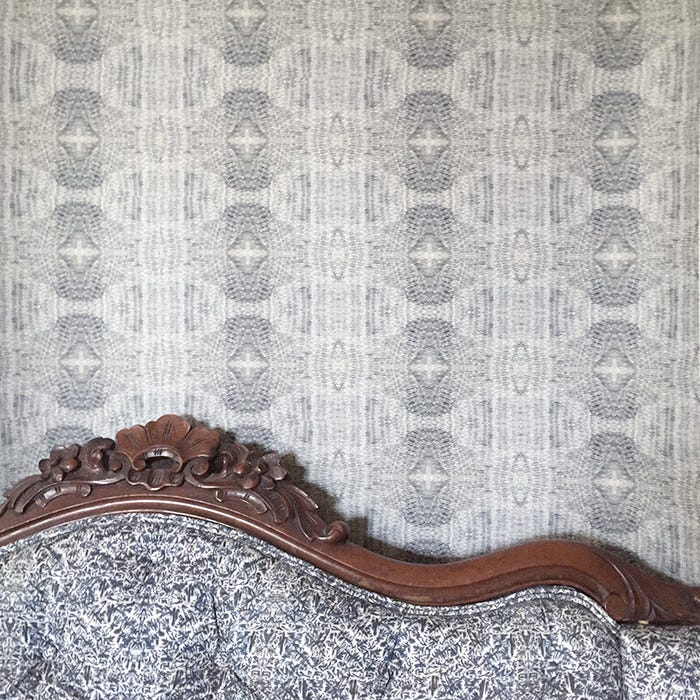
Then there’s the German architect Jürgen Mayer H. Even if you didn’t know that his security envelope collection was featured in a coffee table book and a museum exhibition (both from 2011), you might guess that he’s a security collector based on his architectural designs, which tend to be very pattern-y. Here are three representative examples:
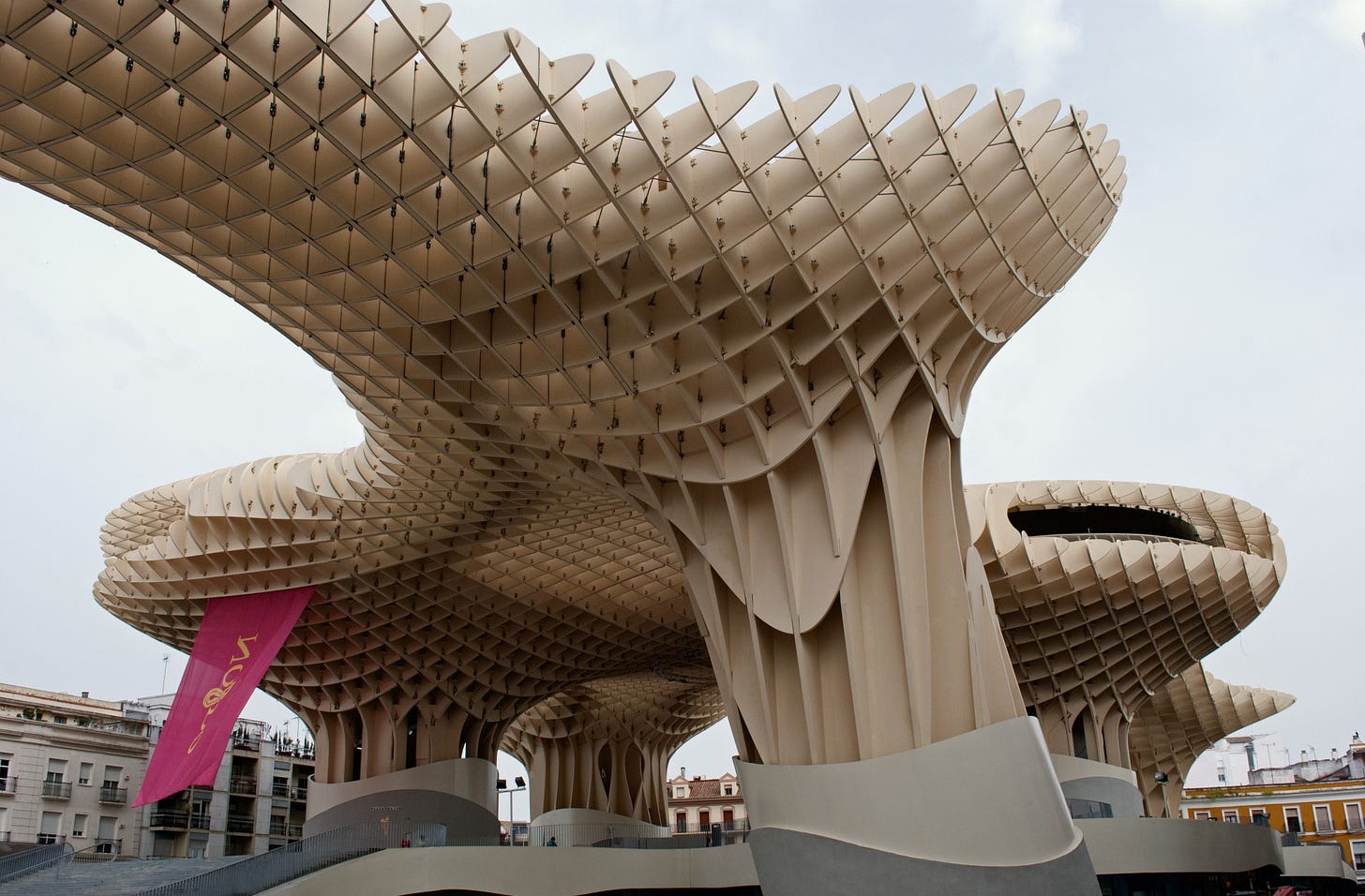
In short: Security envelopes have had a surprisingly large cultural impact! All of which raises an interesting question: If you could design your own security pattern, what would it be? Although I’m still opposed in principle to the logo-based approach, I couldn’t resist taking a few minutes to create this:
But as for creating an abstract design, I’m not sure I’d know where to start. Would anyone else like to try their hand at it? Send your designs here and I’ll feature them in a future post.
(My thanks to reader Ted Anthony for letting me know about @alex.jack.b’s TikTok video.)
Stick Figures in Peril, Continued
Last week’s post about stick figures in peril continues to generate reader submissions. The photo shown above was taken by reader Mike Boyce at a baby-changing station in Japan. The image on the left is notable for exemplifying the rare phenomenon of an imperiled infant stick figure!
Meanwhile, reader Anna Tayler sent this next photo, which she took at Cliveden House, a National Trust property and hotel in England:
“There were many signs like this around the balustrade,” says Anna. “It led us to wonder — do kids often get stuck?”
Keep those stick figure pics coming!
Paul Lukas has been obsessing over the inconspicuous for most of his life, and has been writing about those obsessions for more than 30 years. You can contact him here.








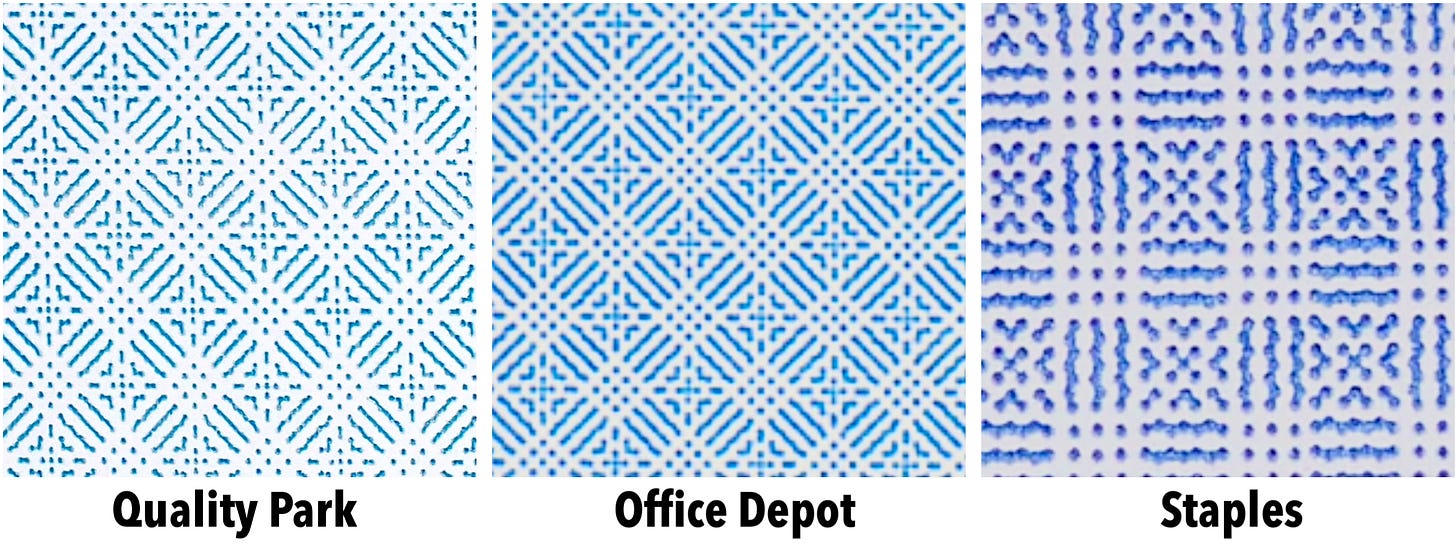
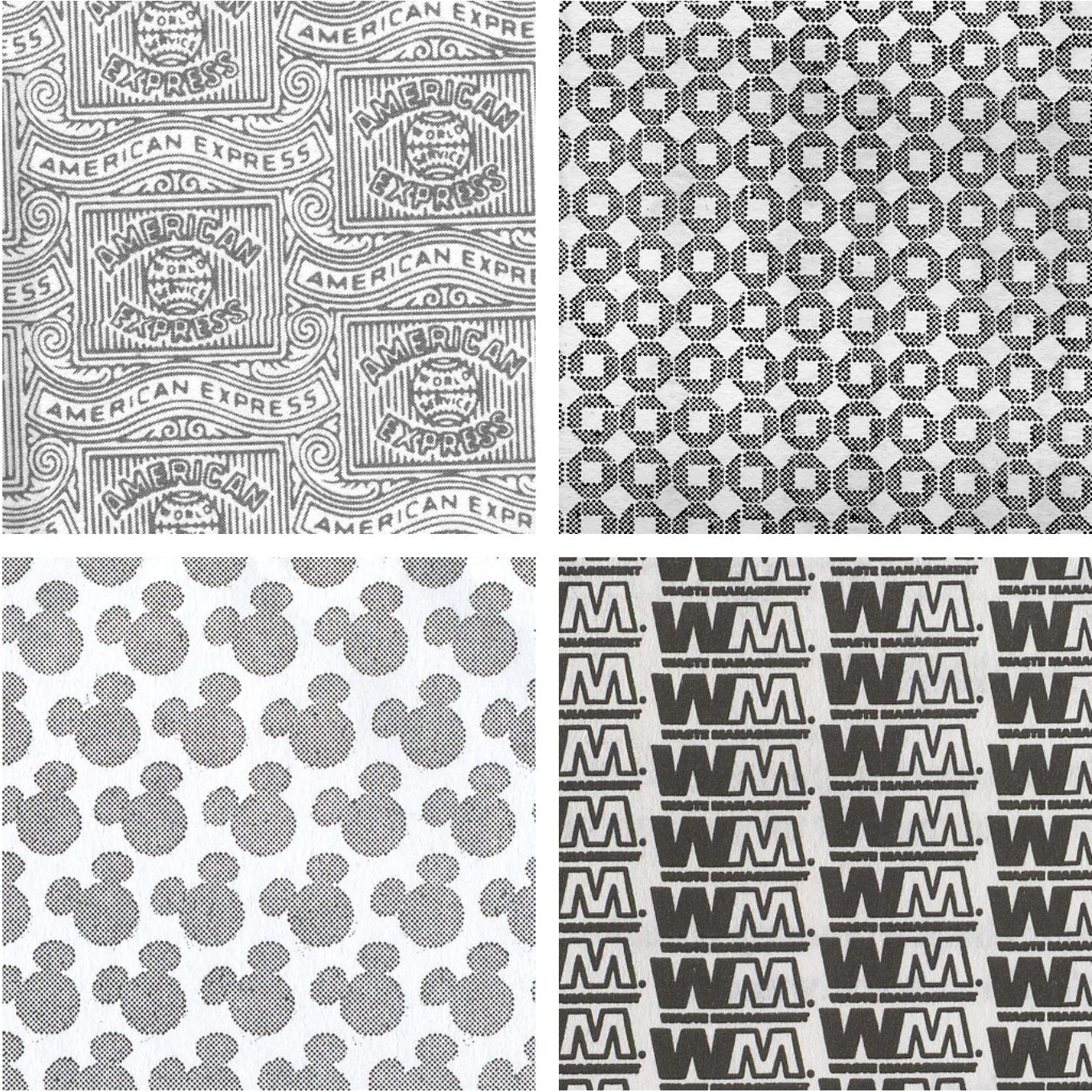
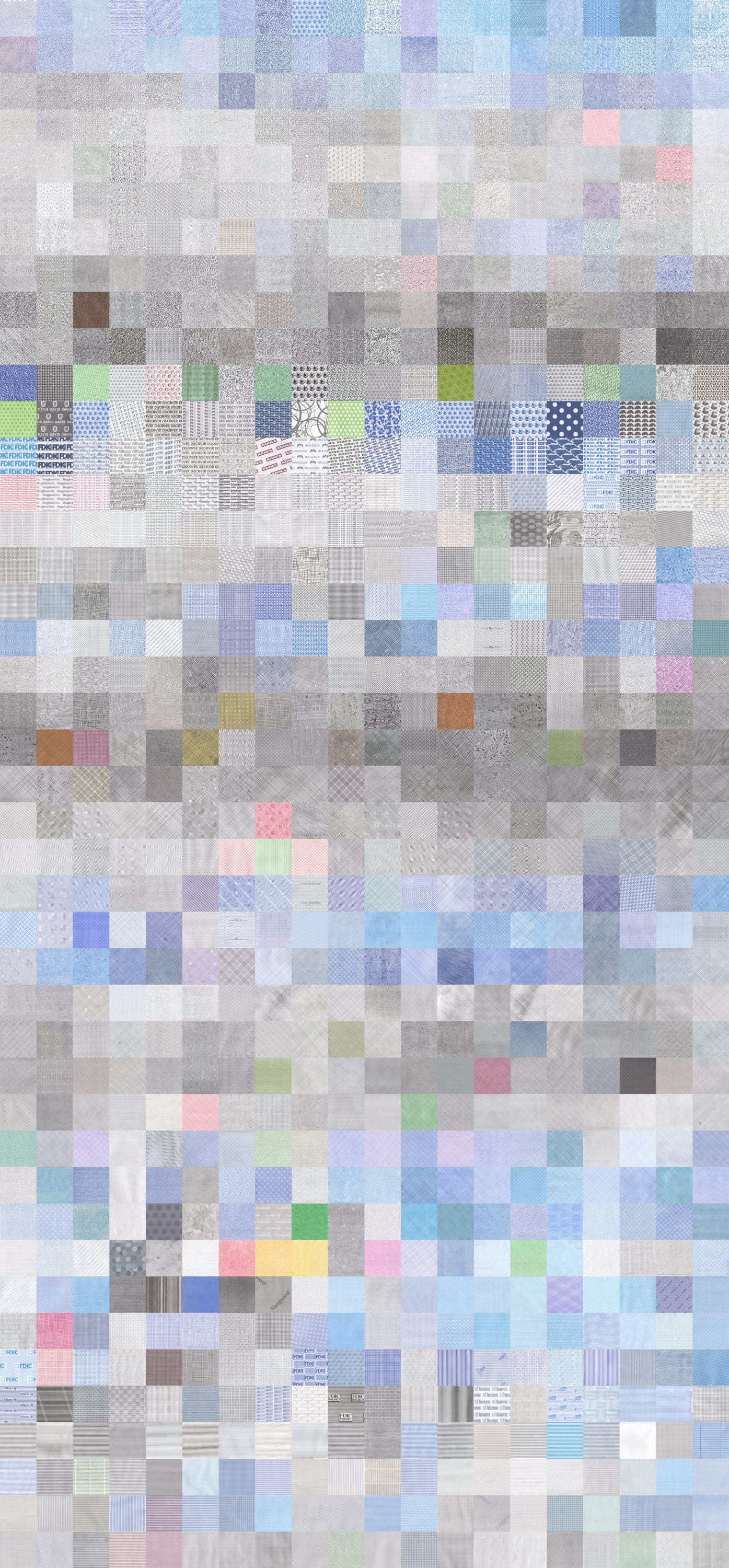
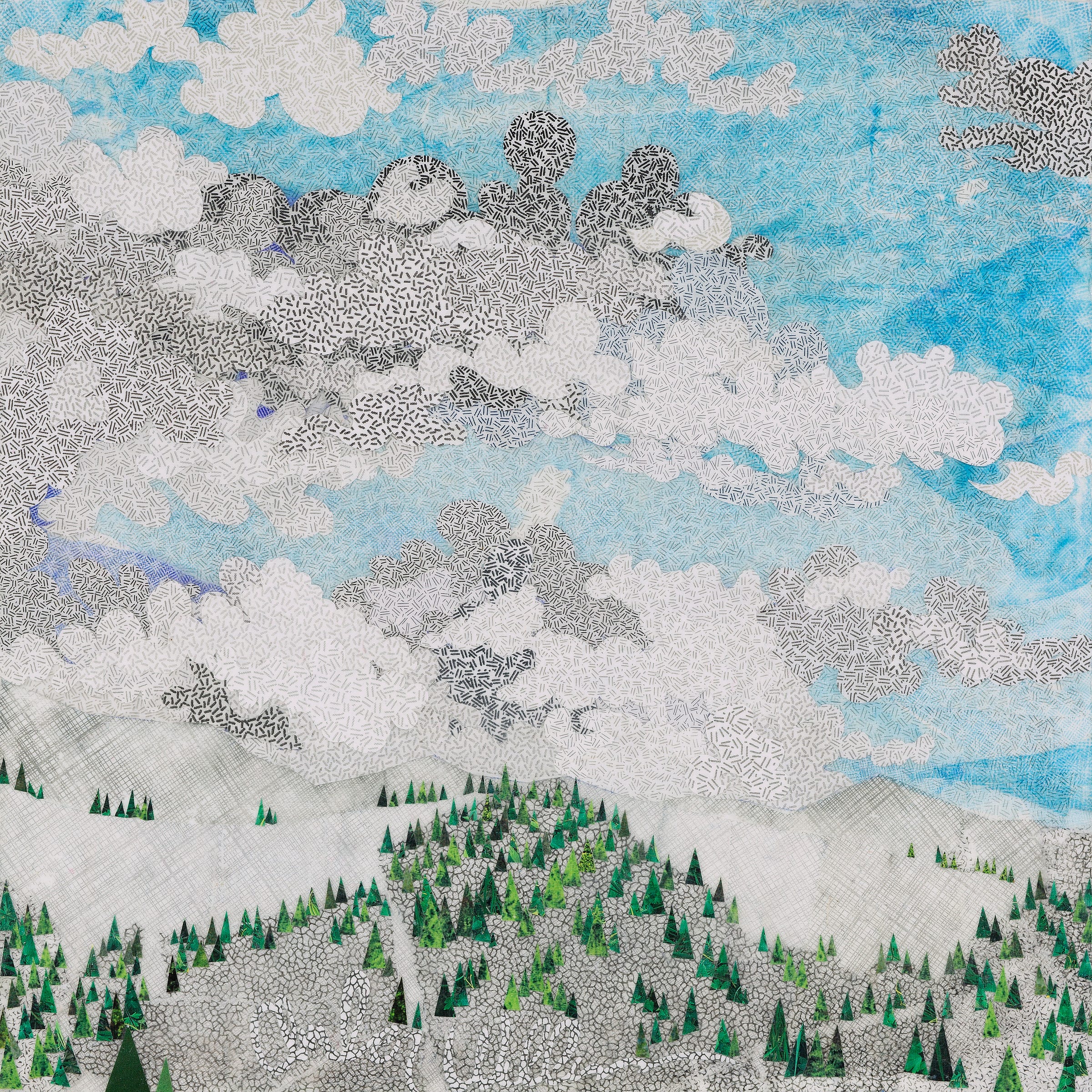

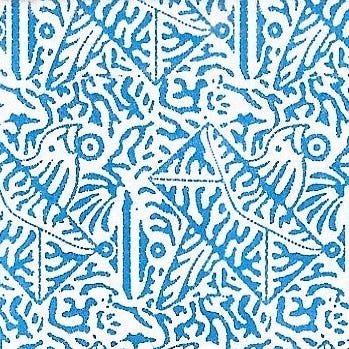


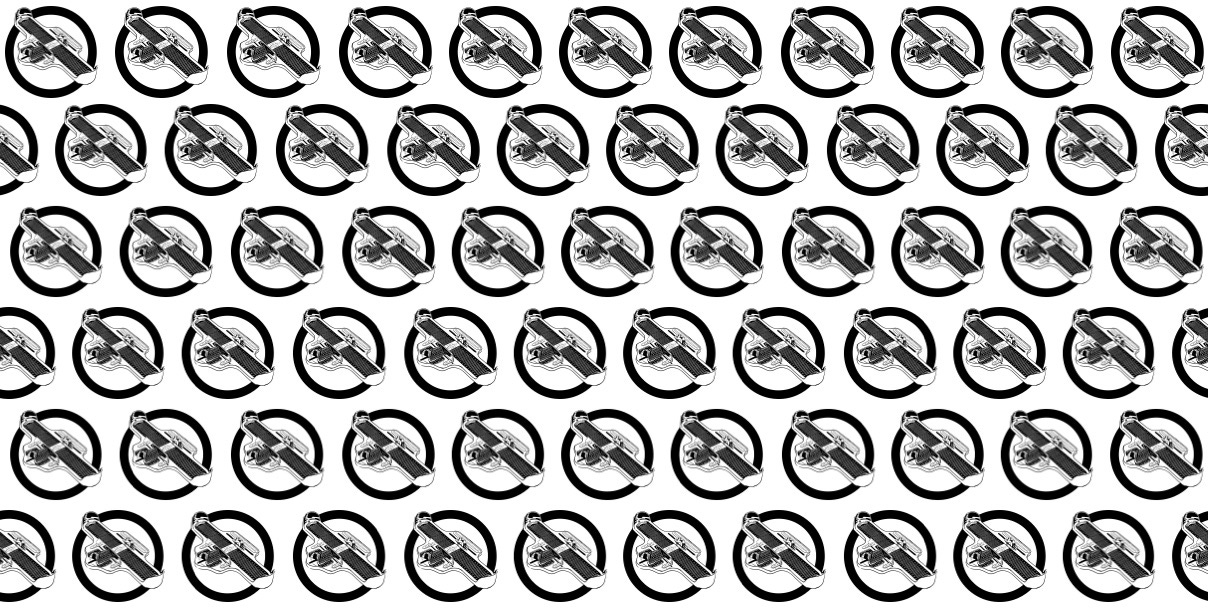



I don't know how, when, why but I remember sometime back a page popping up on my Facebook feed about people making items for their miniatures and/or dollhouses that used every day items to make miniature everyday items. They used security envelopes for a variety of things. Rugs, wallpaper, suitcases, and even mini envelopes. I remember wondering why it popped up on my feed as I wasn't interested in miniatures/dollhouses, but after I clicked and scrolled, I realized the Facebook algorithm might just have known I'd be interested in that one single part of it.
FINALLY!!!